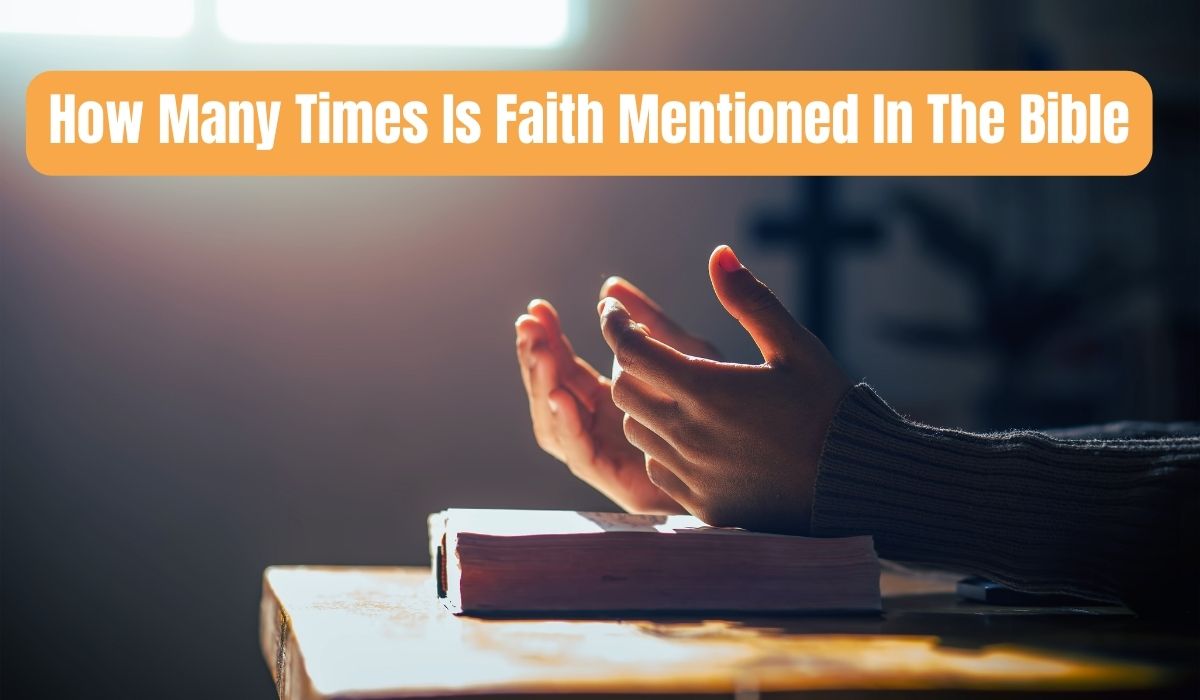Understanding the concept of “relenting” in the Bible can unlock new dimensions of scripture interpretation and guide us through the proper order to approach Bible reading. This exploration delves into the essence of relenting as a biblical theme and how it complements the practice of repentance, aiming to provide a structured pathway for readers to deepen their biblical knowledge.
Understanding ‘Relent’ in Biblical Context
The term “relent” appears several times in the Bible, primarily signifying a compassionate pause or a decision to withhold severe punishment. Unlike the irrevocable human emotion, the biblical portrayal of relenting is deeply rooted in God’s mercy and willingness to forgive when individuals or nations turn away from their sinful paths.
Relent: A Reflection of Divine Mercy
In scriptures like Jonah 3:10, God “saw their deeds, that they turned from their wicked way; then God relented concerning the calamity that He had declared He would bring upon them, and He did not do it.” This passage highlights the responsive nature of God’s mercy—relenting is not about changing one’s mind in a human sense but a divine response to human repentance.
The Distinction Between Relenting and Repenting
While “relenting” involves a decision to hold back judgement, “repenting” is the human counterpart involving remorse or turning away from sin. Understanding this interplay is crucial as it underscores the dynamic relationship between divine compassion and human action.
What Order Should I Read the Bible In?
Embarking on a journey through the Bible can seem daunting given its vastness and depth. However, adopting a structured approach can enhance comprehension and personal connection with the text.
Starting with the Gospels
Begin with the Gospels—Matthew, Mark, Luke, and John—to establish a solid foundation of Christ’s life, teachings, and the fulfillment of Old Testament prophecies. Understanding Christ’s role is essential before delving deeper into other scriptures.
Exploring the Old and New Testaments
Post-Gospels, alternate between the Old and New Testaments. This method allows you to connect the prophetic books with their New Testament realizations, enhancing your understanding of biblical continuity and themes like relenting and repentance.
Epistles and Prophetic Books
Reading the Epistles in conjunction with the prophetic books provides insights into the early church’s challenges and resolutions, mirroring our modern struggles and the need for divine relenting and human repentance.
Engaging with the Bible: Questions for Personal Reflection
- How does the concept of relenting shape your understanding of God’s nature?
- What personal experiences have led you to repent or witness God’s relenting mercy?
- How can these biblical themes of relent and repent guide your daily life and decisions?
By exploring these questions, readers can cultivate a more personal and profound connection with the scriptures, understanding not just the historical context but also the living messages pertinent to today’s life challenges.
In conclusion, “relent” in the Bible is a multifaceted term that represents God’s mercy in response to human repentance. Knowing the order in which to read the Bible can profoundly impact our understanding and engagement with the Word. As we journey through the scriptures, let us approach each book with an open heart and mind, ready to learn and transform.









